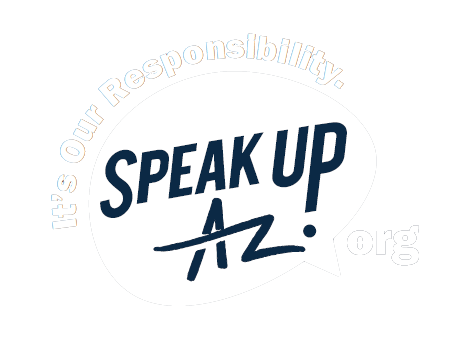Help During High Heat
It’s summer in Arizona, and it’s hot! The National Weather Service in Phoenix forecasts weekend highs to reach upwards of 115 degrees in several desert cities, including Phoenix, and continue through Tuesday. For those living without the comforts of air conditioning, like low-income elderly and vulnerable individuals, the high heat can be deadly. Temperatures inside a home can quickly rise to the upper 80s, and even to 100 degrees in a mobile home, which has much less insulation.
Cindy Saverino, the Arizona Department of Economic Security’s (DES) Aging and Disability Services Administrator, recalls the case of one elderly client who was living on $500 a month. Caseworkers found her inside her home with the shades drawn, a fan on and the temperature stifling. She couldn’t afford to run her air conditioning.
“When summer comes around, [low-income elderly] have to choose, ‘Do I eat or do I have air conditioning? Do I pay for my medication, or do I have air conditioning?’” said Saverino.
The Division of Aging and Adult Services (DAAS) supports the elderly and other vulnerable adults by connecting them with financial assistance programs. Once they are screened for need, they are referred to applicable programs like the Low Income Home Energy Assistance Program (LIHEAP) which is overseen by the Arizona Department of Housing. This program helps with utility bills and also provides funds for the weatherization of homes. Weatherization of a home can be as simple as installing weather-stripping, or as complicated as replacing an air conditioning system. Every year, an average of 900 Arizona homes goes through some kind of weatherization process.
The homeless are also vulnerable when the temperatures rise; not only because they’re exposed to the elements, but because they aren’t connected to resources. DES State Homeless Coordinator Alfred Edwards says they work with the Maricopa Association of Governments (MAG) to set up hydration stations around the Valley, but they are never sure they’re reaching everyone who needs it.
“Our hope is that the individuals we serve are able to take advantage of those services,” said Edwards. “Sometimes when it comes to the homeless, it’s hard to track individuals coming and going. It can be difficult to get a good grasp on the level of success, but ideally what we want to do is make those services available.”
Outside of Maricopa County, those resources are scarce. Some communities will set up their own water stations, or local businesses will give out water to help the homeless in their areas.
There is always a need for water donations during the summer months. If you wish to donate, you can drop off water at any of the MAG hydration stations around the Valley.
DAAS urges you to regularly check on elderly friends and family to make sure they’re staying cool and hydrated. There is also information about energy assistance on the DES website.
By Connie Weber

